Every car is made up of nearly 30,000 parts, and only when each part functions correctly can a car drive properly, safely and economically.
Any auto spare parts that are worn out or damaged due to an accident must be replaced immediately. When even one part doesn't work properly for some reason, the car loses its normal functioning.
In recent years, the sales volume of complete vehicles has been rapid, resulting in a large demand for auto parts, and the personalized requirements of consumption have also accelerated the development of the industry. In addition, auto parts are also one of the important profit sources for 4S shops and comprehensive repair shops of various auto brands. The quality and price of parts determine customer satisfaction.
Therefore, understanding auto parts and related knowledge is of great significance to the sales of auto parts. The following are the different classification methods of auto parts, we must understand in the auto parts industry!
By function
Parts: A single finished product, a single part made without an assembly process. The basic manufacturing unit of a car is a non-removable whole. Such as: piston rings, pistons, valves, etc.
Composite: A composite that is assembled from two or more parts and acts as a single part is called a composite. Such as: connecting rod with cover, paired bearing bush, cylinder head with valve guide, etc. The assembly is named after the main parts in it.
Assembly: It is assembled by several parts or components, but cannot complete the function of a certain mechanism alone. Such as: transmission cover, etc.
According to the nature of use
Consumables:
During the operation of the car, some parts must be replaced due to natural aging, failure and expiration, such as various belts, hoses, gaskets, electrical parts (spark plugs, sensors, relays, platinum, distributors, distributor covers), various filter elements , tires, batteries, etc.

Wearing parts:
During the operation of the automobile, some parts are naturally worn and fail, such as bearing bushes, piston rings, pistons, cam bearing bushes, cylinder liners, conduits, king pins, king pin bushings, hubs, brake drums, various oil seals, steel plate pins and sleeves Wait.
Service Parts:
Parts that must be replaced during a certain operating cycle of the car. Such as various shafts, teeth, fasteners of various moving parts, and parts that must be replaced in a certain service life (such as some security fasteners, steering knuckles, half shaft sleeves, etc.).
Basic parts:
The basic parts are usually some main assembly parts that make up the car, and they are of high value. In principle, they should be full-life parts, but they may be damaged due to typical usage conditions; they should usually be repaired, but new parts can also be replaced. Such as crankshaft, cylinder block, cylinder head, camshaft, frame, axle housing, transmission housing, etc.
Accident:
Parts that are usually damaged in car accidents, such as front beams, body panels, cabs, drive shafts, water tanks, etc.
According to the principle of use
Wearing parts:
Parts that have relative movement speed, bearing capacity, high working environment temperature, and are often easy to wear or break, and are easy to fail are wearing parts.
Automotive standard parts:
Designed and manufactured according to national standards, unified shape, size, tolerance and technical requirements for the same part, can be used in various instruments and equipment, and have interchangeable parts.
Body Covers:
Explore more:Guide to oil seals for your applicationHow important is a heater core in a car?How do I determine the right auto part for my vehicle?Car Trunk Storage Box: Organize and Optimize Your Cargo SpaceCar Mat Clips: Securing Safety and ConvenienceUnderstanding the Role of Brake Discs in Vehicle PerformanceUnderstanding Brake Shoes: A Comprehensive GuideIn order to make the important assemblies of the passengers and components not disturbed by the external environment, and have certain aerodynamic characteristics, the composition or the surface of the car is a panel.
Security Items:
The parts that are not easily damaged on the car are called security parts. Such as crankshaft starting claws, torsional shock absorbers, camshafts, steering knuckles, etc.
According to the definition of accessories quality
Original parts:
It is the part produced by the original manufacturer with the manufacturer's logo. These parts are mainly from OEMs and 4S stores, and they are packaged with the brand's factory logo, such as lifan water pump, but both the lights and the packaging of the lights have the LIFAN logo.
Genuine accessories:
Genuine parts are accessories produced by qualified manufacturers, which means that their products are the same as the original products, and they are all qualified. Generally, on the genuine parts, there are the manufacturer's name, product brand, production address and a certificate of conformity.
Subsidiary parts:
These parts mainly come from large and small parts factories and refurbishment factories in various villages and towns. Therefore, the quality of accessories is uneven, and the price may vary widely. These are cheap and used by most reputable repair shops.
Brand parts:
Purchasing through a company specializing in the production of auto parts, but the company has not yet obtained a supporting license from the manufacturer. Such accessories have their own brands, and the quality is guaranteed. In the market maintenance, such accessories are used more.
Dismantling parts:
Mainly from the modification market, insurance accident car dismantling market. For example, if a car owner buys a new car and immediately replaces 4 wheel hub tires, then the 4 sets of goods that are replaced will become pure dismantled parts when they are circulated in the auto parts market. Some of them are cheaper to buy as original parts but not packaged.
Refurbished parts:
It's just refurbishing the parts from the car. For example, when a car hits a tree, the entire vehicle is scrapped due to the serious damage to the engine and the appearance of the entire vehicle, and then auctioned by the insurance company, the accident car enters the dismantling enterprise and returns to the parts market. Another part of the parts is re-sold to the refurbishment workshop through simple "dust removal, rust removal, welding refurbishment" and other treatments.
According to the type of international auto parts
Internationally, auto parts are divided into 3 types, assembly parts, genuine parts, and special factory parts.
OEM parts for automobile factory assembly:
It is produced according to the production pattern provided by the automobile factory, and the finished products are sent to the automobile factory on time every day by each professional factory for assembling the automobile. In Japan, OEM parts generally account for about 60% of the total professional output.
Genuine parts:
This is a spare part provided by the car factory to the user for repairing the vehicle, but it is not necessarily produced by the car factory itself. Genuine parts are of reliable quality, but at a higher price.
Replacement:
Special factory parts, also known as transfer parts, are spare parts produced by various professional accessories manufacturers, packaged in their own packaging boxes, and sold through their own sales channels instead of the channels of the automobile factory.
Explore more:How Do I Know if My Timing Belt Tensioner Is Bad?Car Mat: Enhance Your Driving Experience with Premium Comfort and ProtectionFactors Affecting the Performance of Commercial Vehicle Brake PadsMG Auto Parts: Ensuring Quality and Reliability for Your VehicleHow do I know if my coil springs are bad?How a Radiator Works in a TruckBrake pads vs. brake shoes




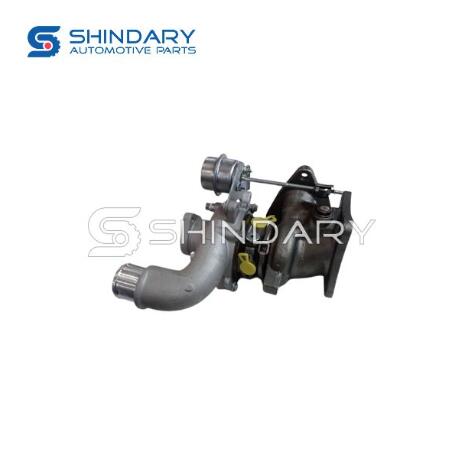
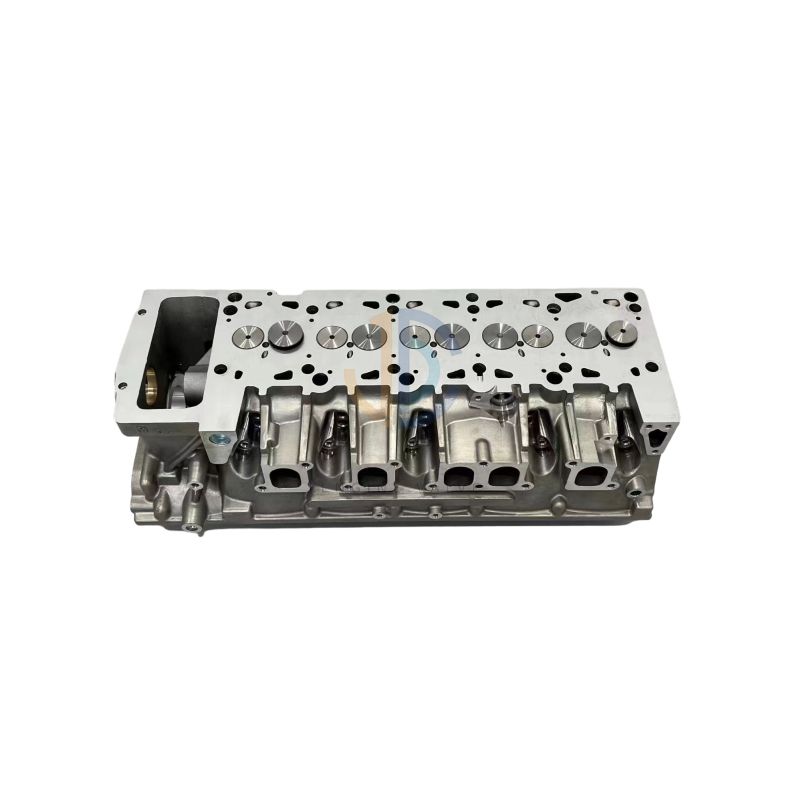
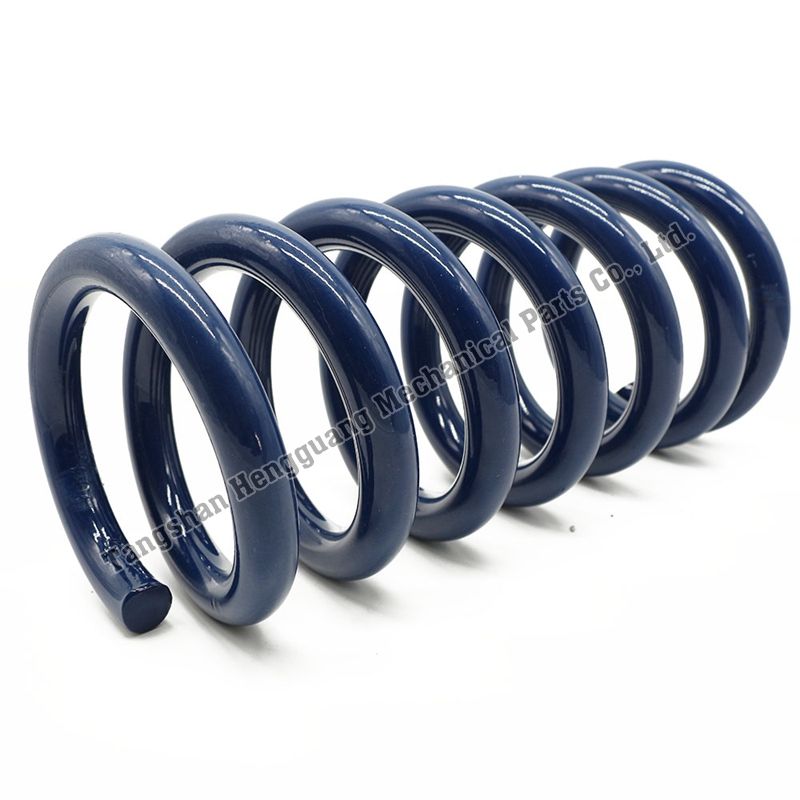
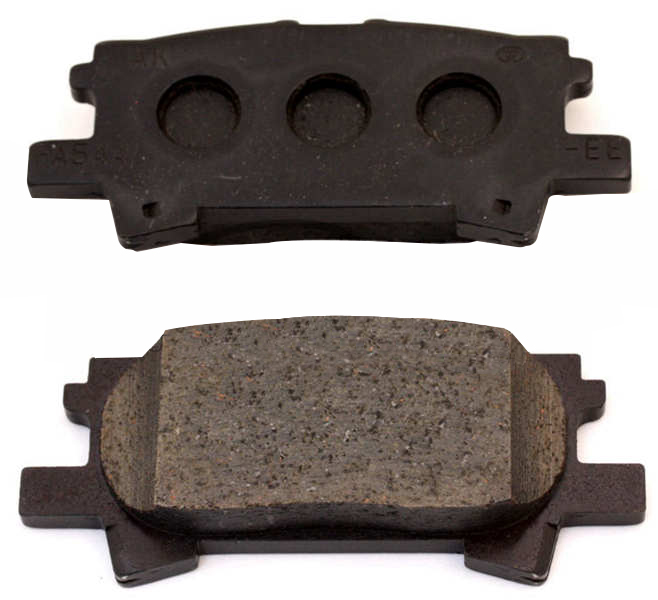
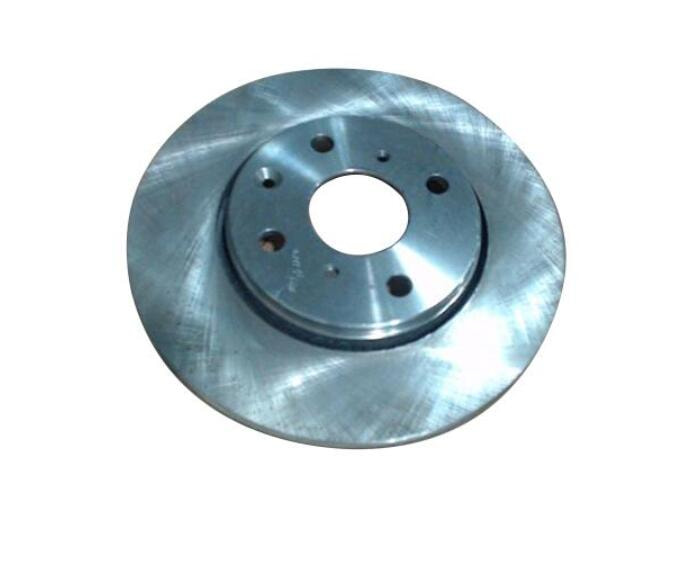
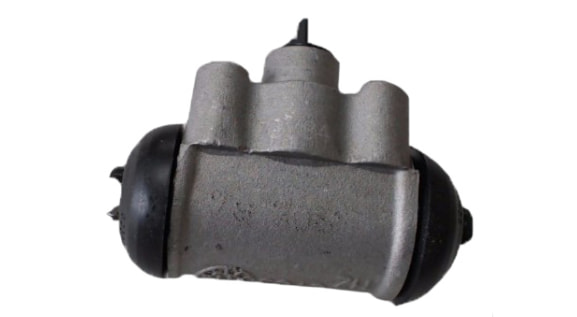

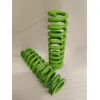
Comments
Please Join Us to post.
0